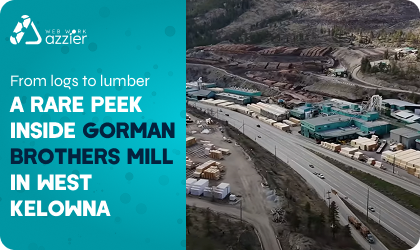The topic for today is Problem, Cause & Remedy (PCR). There really is no magic to it. It is just another standard workflow within Azzier—three fields to be filled in when completing a work order. To drive PCR, these three fields must be made mandatory and filled in before a work order can be completed… that is the hard part. Educating your team and enforcing adherence to the workflow is the only difficult part of this. Initially, some technicians will not bother and simply enter ‘job done’ in the notes, and then they are on to the next work order… Impressing upon technicians the importance of properly completing a work order is the most challenging part of this. Once all technicians do this, valuable data will be collected for analysis, enabling several optimizations throughout your CMMS, ultimately leading to greater efficiency, better asset health, longer functional life, and cost savings. Azzier can be set up to have drop-down lists presented when these three fields are being filled out. Thus, the few extra clicks can be streamlined, fostering employee acceptance.
Kingston Midstream was one of our first clients to adopt this workflow in Azzier. By capturing Problem, Cause and Remedy for each work order, they can see problem actors and develop predictive models for action. Over time, this data has driven higher reliability and fewer reactive work orders. Often, reactive work orders are urgent and require a shutdown. Unplanned shutdowns are costly no matter what industry you are in.
Kingston has created an integration between Power BI and Azzier CMMS so that the real-time PCR data are displayed to the management team in dashboards. At a glance, they can quickly see where any potential issues are and take swift action. They have fine-tuned their Procedures and PM schedules through analysis to reduce unplanned stoppages.
The setup is quick and easy. Once they set up the Failure Class, the same class can be set on many Assets, and they will inherit the previously set codes. The Failure Class also determines specific Problems, Causes, and Remedies specific to that class of Equipment.
Using PCR, they also control which Work Order types require this Failure Modeling. Not every Work Order requires that users record these codes. In the System Options, Kingston can exempt these codes on specific work orders while making them mandatory on others that require them.
Many readers will have seen a few announcements and articles on our recent Power BI Connector. This new offering expedites the process of getting meaningful decision-ready information from your PCR data in Azzier. Prebuilt data connections and templates will give your firm a turnkey solution that will drive more reliability and lower operating costs.
Explore how our Problem Cause and Remedy workflow, combined with the Power BI Connector, can transform your data into actionable insights and elevate your maintenance strategy.
New to Azzier? Take Azzier® for a test drive at https://azzier.com.
Call 1-866-818-8376 ext. 407 for a personalized consultation of your maintenance needs or email us at sales@tero.ca.






















































